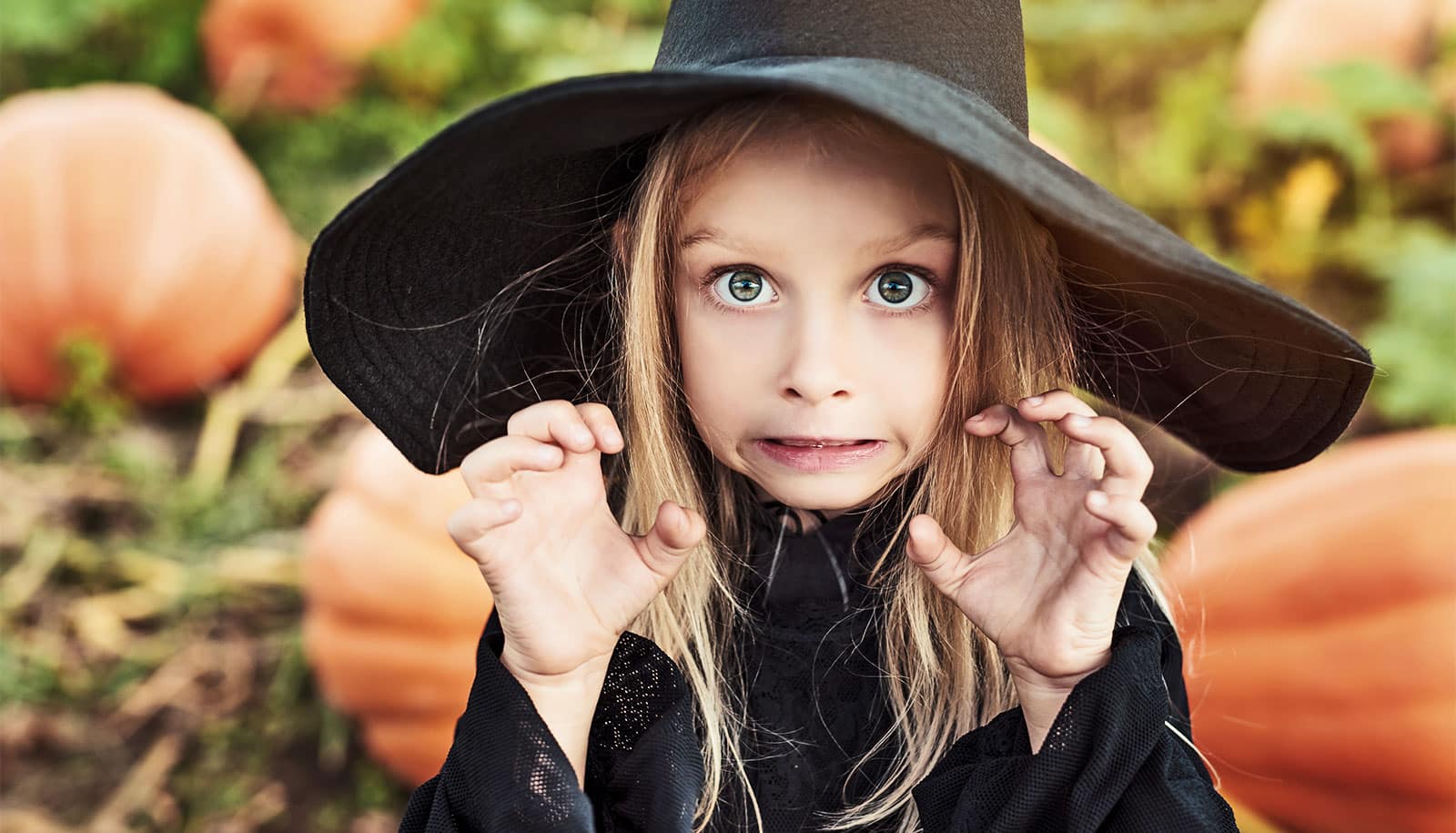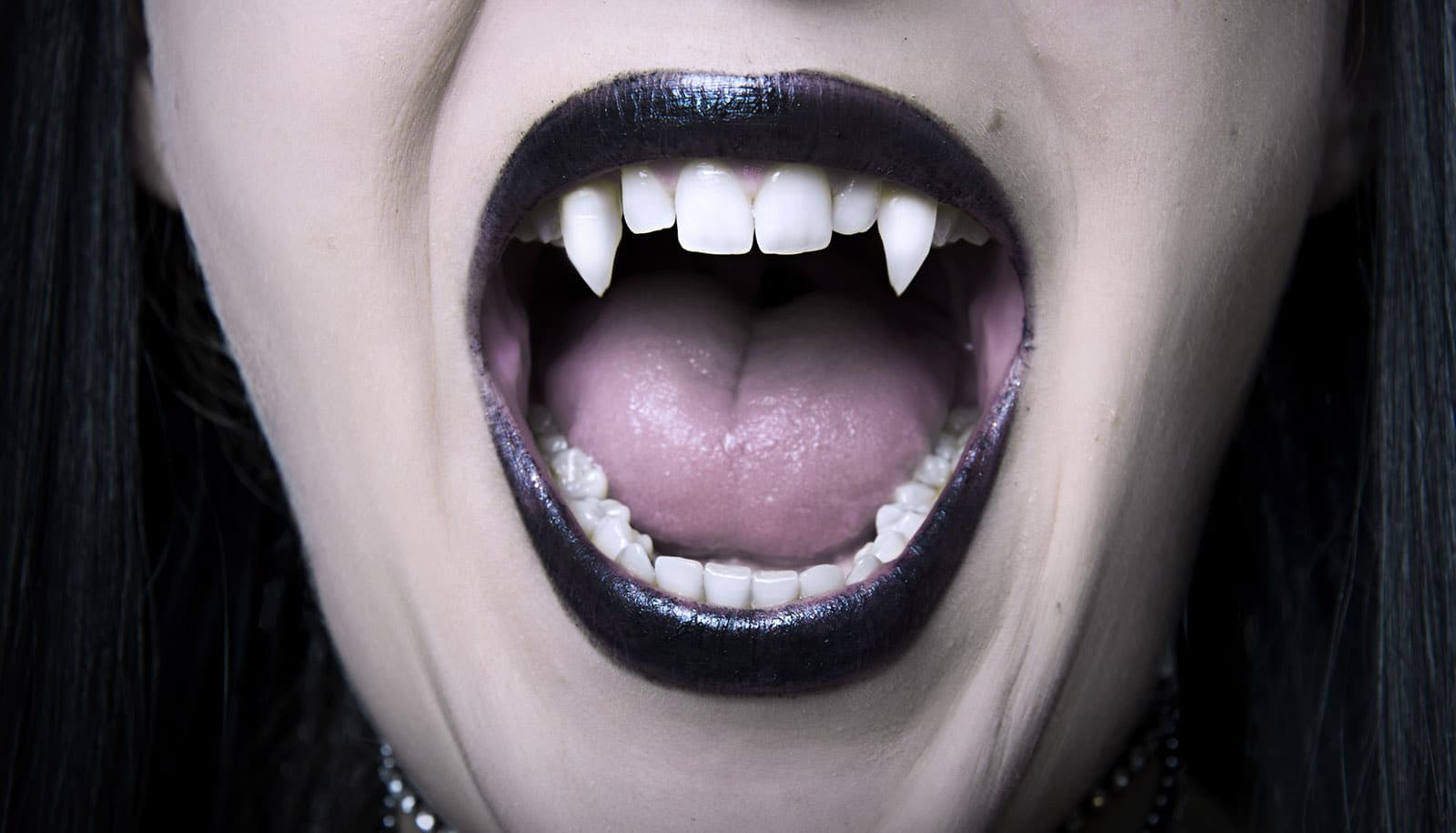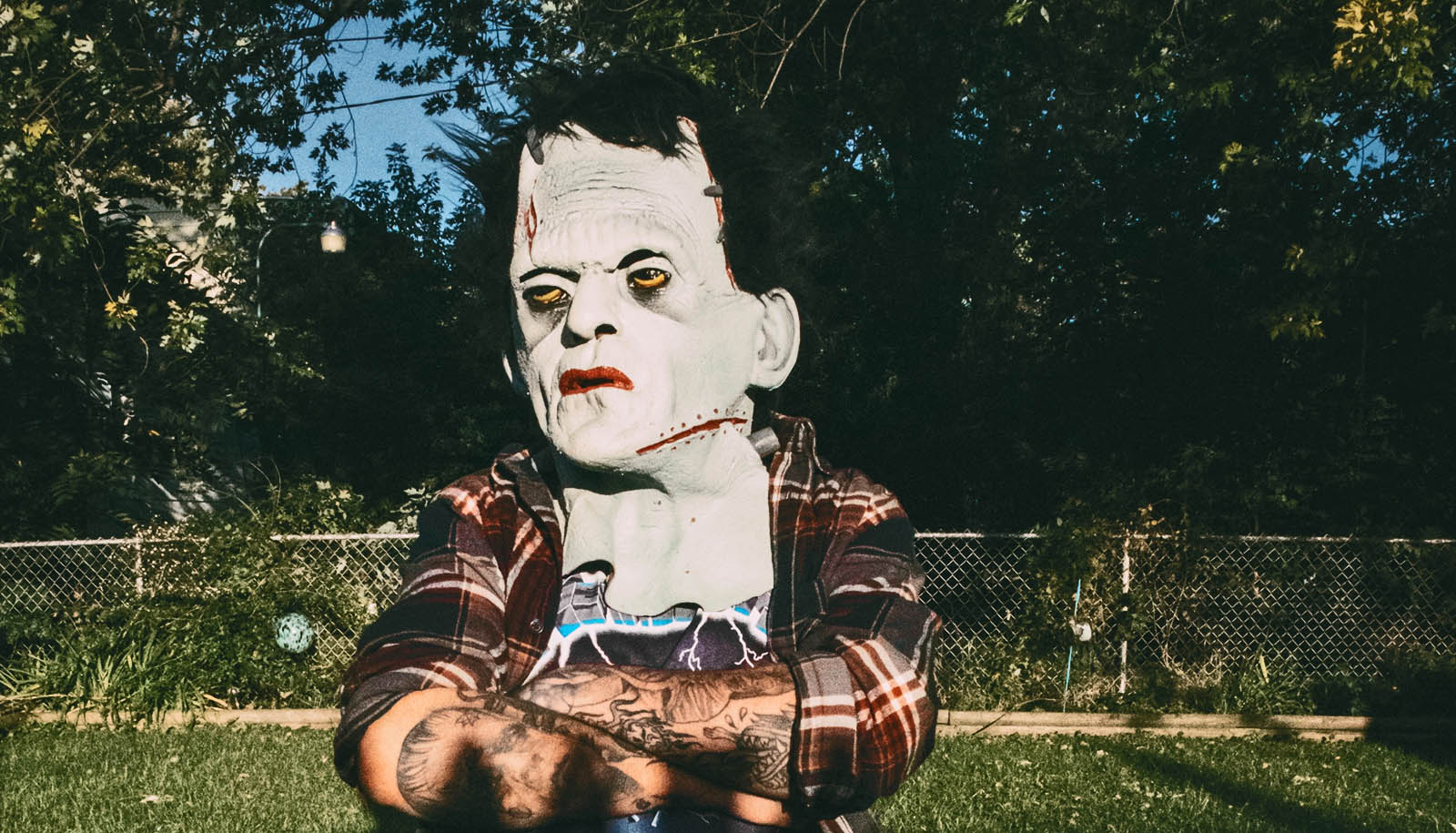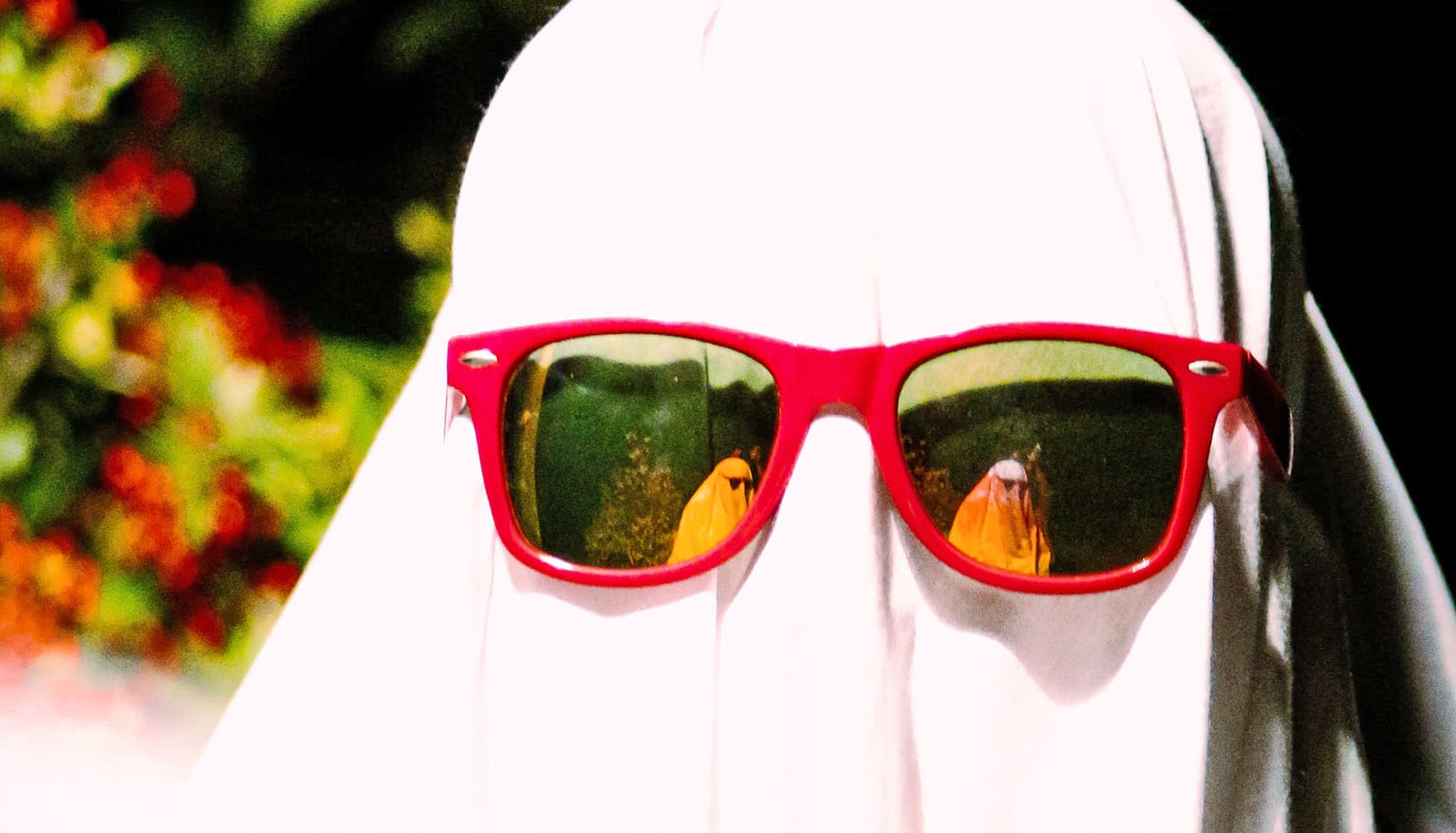An expert from the Salem Witch Museum explains changing ideas about witches and witchcraft.
As a child, Rachel Christ-Doane loved dressing up as Hermione Granger for Halloween. Wearing a black robe and wielding a wand like the character from Harry Potter, Christ-Doane thought of witches as smart, brave girls who used their magical powers for good.
Now the education director at the Salem Witch Museum, Christ-Doane researches and teaches about a much darker chapter in the history of witches: the period between 1692 and 1693 when about 200 people were accused of witchcraft in colonial Massachusetts. Twenty were killed and five died in jail, making it the deadliest witch hunt in colonial North America.
While those horrors may seem distant today, the underlying urge to scapegoat other people in fearful times is still with us, according to Christ-Doane, who earned a master’s degree in history and museum studies at Tufts.
“Witch trials have a lot to tell us about human behavior and about the way that we treat people, particularly people who aren’t like us,” she says.
Here, Christ-Doane digs into witch trials, what they can teach us, and how to balance serious history with pop culture fun:
Today’s ideas about witches are a far cry from 1692. What was the definition of a witch back then?
When we see the word “witch” coming into popular use, it’s being used to describe a criminal offense. It’s a person who’s believed to have sold their soul to the devil in exchange for supernatural powers. They’re believed to practice magic to hurt people around them.
At that time, there is no version of a witch that’s good and kind and beautiful. Witches are evil and they are the enemy hiding in your community.
How does the idea of this crime develop?
While there were people practicing folk magic for centuries, this criminal designation began in about 1400. That’s when witch hunts started in earnest in Europe, as the Christian church had by that time decreed that all magic is demonically derived and that the devil’s waging a war against Christian society.
About 45,000 to 50,000 people were killed in the European witch trials, which lasted from about 1400 to about 1750. In most witch trials, about 75% of victims were women.
In the Salem witch trials, we see innocent people being executed based on evidence that we wouldn’t consider admissible in a court. What conditions made that possible?
Things spiraled out of control in Salem primarily because the Massachusetts Bay government was in a moment of transition. The colonial charter had been revoked, so the judicial system was at an odd standstill right when this witchcraft panic was erupting.
When they finally got the new charter in May of 1692, the jails were overflowing with people accused of being witches. So we see some unusual procedural decisions being made in the haste to get people’s cases seen before a court quickly.
They set up an emergency court, and they allow something called spectral evidence [testimony based on dreams or visions], which is a controversial form of evidence that had not been enough to warrant a guilty verdict in the colonies before. That’s what leads to such a high conviction rate in Salem.
Why the black cat?
Many items we associate with witches today have their origins in the history of real accusations made during witch trials, says Christ-Doane. Here are her explanations for three common associations:
- Broomsticks. “During the early modern period witch trials, it was believed by many, not all, that witches could fly. In Salem, witches were said to ride on sticks or poles, and other places you have them backwards on goats or on pitchforks or supported by nothing. For whatever reason, broomstick is the thing that sticks in the stereotype.”
- Black cats. “Witches were thought to have familiars, which were animal companions. In Salem, they were said to be birds, snakes, dogs, cats, crazy mythical creatures that have multiple heads, things like that. Why is it the cat that sticks? It’s difficult to say.”
- Green skin. “Some things are more modern additions, like the green skin, which probably comes from the 1939 film version of The Wizard of Oz.”
Witches are often portrayed as women. Who was being accused in Salem?
Normally, people accused during a witch panic were social outsiders. You often see people who are poor, particularly impoverished women; women who are very argumentative, who fight with their husbands, fight with their neighbors; widows who are living alone, without a man in their household; people who have done something socially transgressive like have a child out of wedlock. These people could be vulnerable.
The first three people accused in 1692 fit this pattern. Sarah Good was a beggar known to be argumentative, Sarah Osborne was a woman with scandal in her past who had long been absent from church due to illness, and Tituba was an enslaved woman living in the same house as the first afflicted girls.
It makes sense in a way, because if you are looking for someone in your community you think has done the worst thing imaginable and sold their soul to the devil, you are going to look for someone that you already dislike or distrust. That scapegoating is a key element of witch trials.
Since Salem gets out of control to a very unusual degree, you start to see them break from the pattern. More respected members of the community, people who are wealthier, people who have a lot of neighbors and family members who are willing to sign petitions attesting to their good character, they get swept up in the panic and are accused. Still, roughly 76% of the accused in Salem were women.
Are you still learning more about what happened in Salem?
I’m currently writing a book about the youngest person accused in the Salem witch trials, Dorothy Good, who’s just 4 years old when she is jailed. Dorothy’s mother, Sarah, is executed for witchcraft, and Dorothy is in jail for about seven or eight months.
Through my research, I’ve traced her through the town records and found a lot of information that was not previously known about her. I learned that when she was an adult, she couldn’t care for herself, so the government paid for her care. She was not able to assimilate back into Puritan society and marry and have a family. It’s become a story of what happened to women in the 18th century who struggled to function in society.
What do you hope to educate people about when it comes to witches?
Witch trials have a lot to tell us about human behavior and about the way that we treat people, particularly people who aren’t like us—people who make us uncomfortable, who are socially different. Whenever I talk to groups, I try to underscore that we tend to think about Puritans as caricatures, with the black hats and the buckles on their shoes, but it’s important to remind ourselves that they have a lot of similarities to us in the modern day. Understanding how we scapegoat people is such a key lesson that we can’t seem to learn as human beings.
The museum here ends with a display that shows this formula of human behavior: There’s a fear present, that fear is triggered, and it results in scapegoating.
The exhibit places that formula in the context of three 20th-century American events: the internment of Japanese Americans after the bombing of Pearl Harbor, the McCarthy blacklists, which are very famously associated with the Salem witch trials because of [the 1953 Arthur Miller play] The Crucible, and the treatment of the gay community after the AIDS epidemic began in the ’80s.
Today we focus more on good witches. What were some key moments in the evolution of our ideas of witchcraft?
By the late 19th century, you see pop culture portrayals like Halloween postcards and advertisements where witches are beautiful, sexy women. Over time, the definition of a witch becomes just a woman with magical powers.
In 1900, L. Frank Baum publishes the book The Wonderful Wizard of Oz, which has two good witches: Glinda and the Good Witch of the North. He is the first to introduce on a major scale good witches, witches who are heroines, in a story.
L. Frank Baum has this interesting connection to the women’s movement. His mother-in-law is Matilda Joslyn Gage, an important first-wave feminist and abolitionist. In her book Women, Church and State in the early 1890s, she’s the first person to articulate the idea that the witch trials were a way for the state to strip women of their rights. A couple of years later, L. Frank Baum wrote his book. One can’t help but wonder if Baum was inspired by Gage’s writing.
That idea of the good witch explodes and transforms in popular culture as the century goes on. You have Bewitched in the ’60s and ’70s, where witches are not only beautiful, but they’re America’s sweetheart, literally the girl next door.
Witches also become important figures in religious movements in the ’60s and ’70s, Wicca and neo-paganism, and in the women’s movement. In the ’90s, witches are coming-of-age figures in a lot of stories, like Harry Potter, Sabrina the Teenage Witch, and Buffy the Vampire Slayer.
How do you reconcile the celebratory atmosphere of Halloween and pop culture depictions of witches with the seriousness of the history of the witch trials?
People tend to feel like you have to have it one way or the other. You can either talk about the history that’s extremely sad and tragic or you can have fun with the pop culture stereotype, and there’s no connection.
I think it’s important to emphasize that witchcraft exists on a spectrum. The figure of the witch is based in that history, but it’s continued to evolve and pick up other important social meanings.
It makes sense that people come to Salem and want to celebrate Halloween and have that pop culture witch in mind that’s so special to them. There’s nothing inherently wrong with that as long as you’re also keeping the history in mind and making an earnest effort not to disrespect the actual victims of the trials. In fact, the surge of tourism in October gives us a unique opportunity to educate a huge number of visitors.
If I hadn’t come to work here in Salem, I don’t think my understanding of that would be quite the same. You learn it on the ground here.
Source: Tufts University



